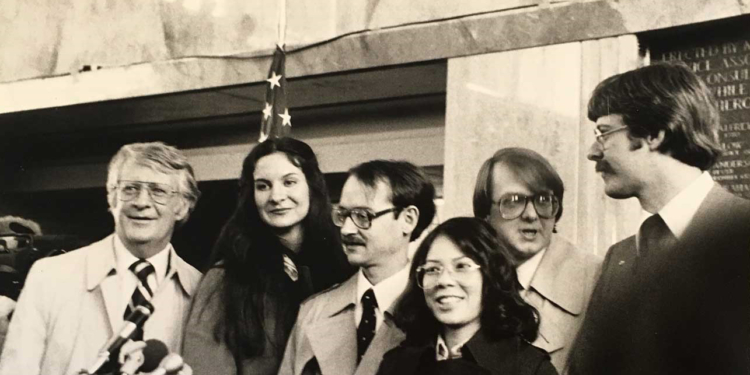Contents
- 0.1 The Seeds of Chaos: The Hostage Crisis Begins
- 0.2 Enter Tony Mendez: The CIA’s Master of Disguise
- 0.3 Training Diplomats to Become “Hollywood Producers”
- 1 RelatedPosts
- 2 The Taliban Prison Uprising: How CIA Operatives Faced Chaos and Tragedy in the Hunt for Bin Laden
- 3 The Rise of Hezbollah: The CIA’s Role in Unmasking and Battling a Global Threat
- 4 The Cold War Russian Spy Who Prevented World War III
The 1979 Iran Hostage Crisis was one of the most harrowing chapters in American diplomatic history. Amidst the chaos and uncertainty of revolution-era Tehran, a small group of U.S. embassy staff found themselves on the run, hiding in fear of capture. What followed was a covert rescue operation so audacious that it later inspired an Oscar-winning film. However, the real-life story of Operation Argo is even more remarkable, marked by creative deception, bold execution, and unsung heroism.
The Seeds of Chaos: The Hostage Crisis Begins
In November 1979, Iranian protesters stormed the U.S. Embassy in Tehran, angered by America’s support of the recently deposed Shah. As demonstrators breached the compound, embassy staff scrambled to secure classified documents and find safety. While 52 staff members were taken hostage, six managed to escape, evading immediate capture by taking refuge in the homes of Canadian diplomats.
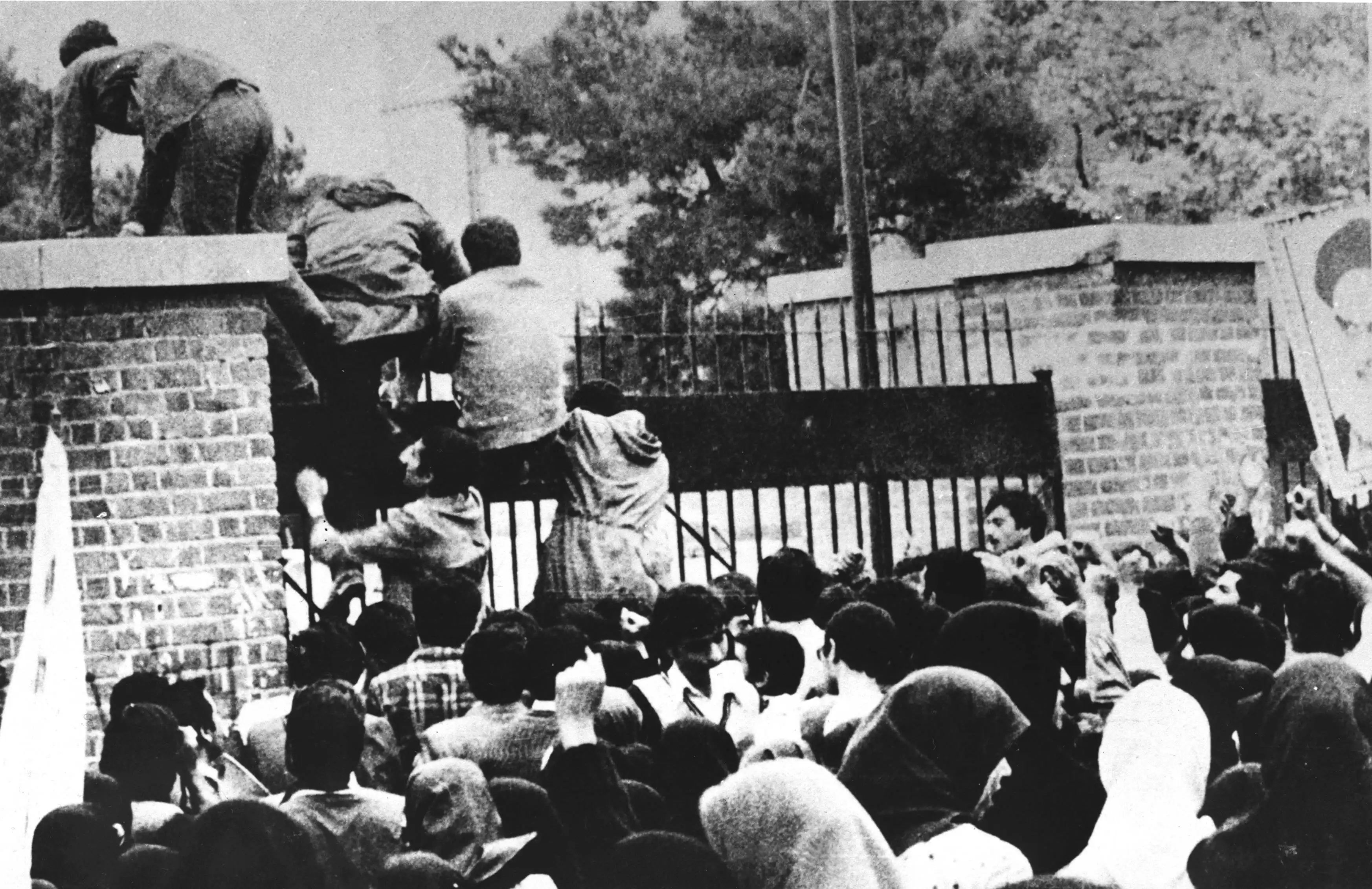
For six nerve-wracking days, these 6 escapees—now known as the ‘Canadian Six’—moved from house to house, unsure if they would be discovered. Their precarious situation reached Washington, D.C., where the CIA was tasked with orchestrating their extraction.
Enter Tony Mendez: The CIA’s Master of Disguise
Tony Mendez, a seasoned CIA officer specializing in extraction missions, was assigned the critical task of rescuing the diplomats. With the odds stacked against him, Mendez needed an airtight cover story that would pass scrutiny from the Iranian Revolutionary Guards. The solution? A fake Hollywood film crew scouting locations for a science fiction movie titled “Argo.”
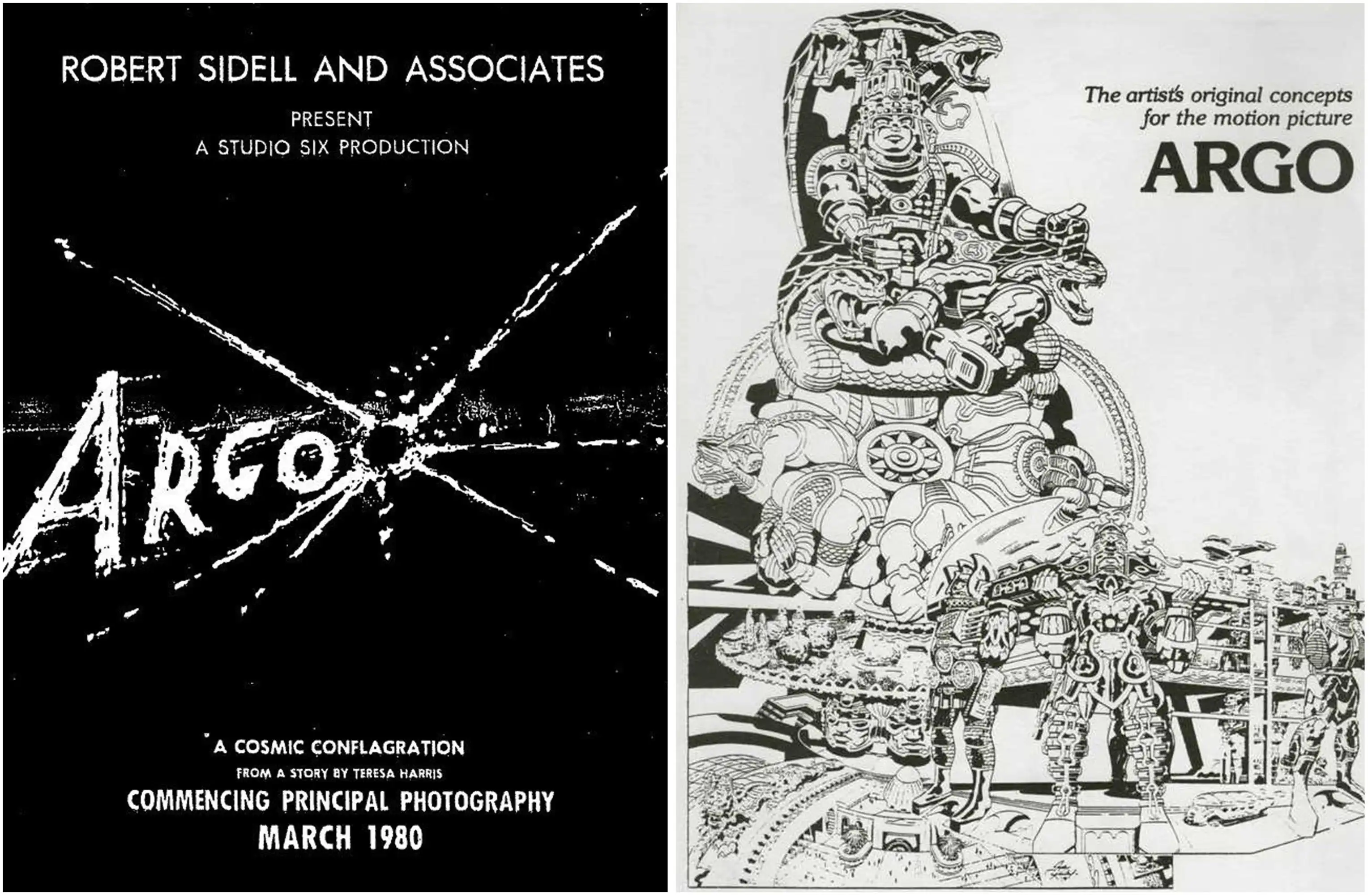
To make the ruse believable, Mendez enlisted Hollywood insiders, including Oscar-winning makeup artist John Chambers, to create a fake production company, Studio 6. They crafted everything from posters to business cards and even secured a script—based on an unmade screenplay titled Lord of Light—to complete the illusion. A Sunset Gower Studios office served as their official headquarters, making the cover story all the more convincing.
Training Diplomats to Become “Hollywood Producers”
Disguising themselves as filmmakers was no small feat for the untrained diplomats. Mendez and his colleague, code-named Julio, traveled to Tehran with falsified documents, including Canadian passports, and introduced themselves to the diplomats as “Kevin Harkins” and his associate.
To prepare the group for their roles, Mendez conducted crash courses in spy tradecraft, including mock interrogations. He even performed a magic trick to break the ice and demonstrate the power of illusion—a skill that would prove crucial at the airport.
The group adopted their new personas, complete with backstories, and rehearsed their roles as Canadian filmmakers scouting locations for Argo. The training was rigorous, but doubts lingered about whether they could convincingly carry off the deception.
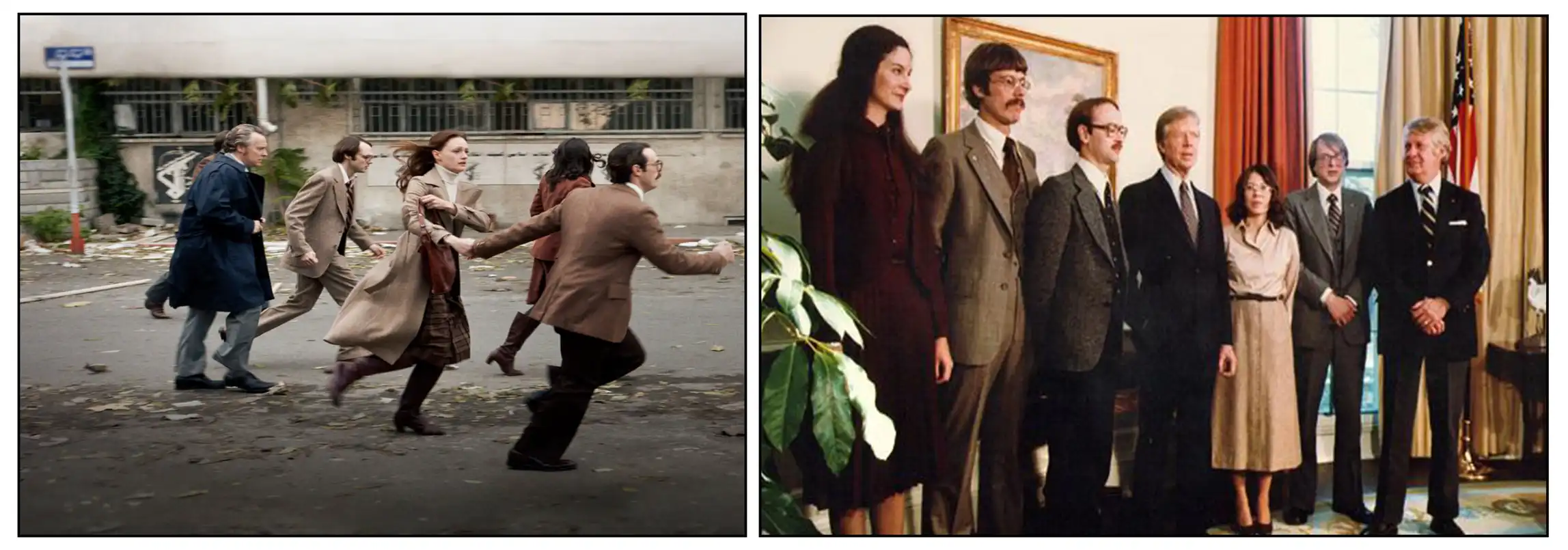
The Airport Escape: A Test of Nerves
The climactic moment arrived on January 28, 1980. The group, armed with their new identities, navigated Tehran’s bustling Mehrabad International Airport. At passport control, tensions ran high when an official scrutinized one diplomat’s photograph, questioning its authenticity. Quick thinking and composure saved the day, and the group advanced to the final checkpoint.
However, their departure was further complicated by a delayed Swiss Air flight, giving Revolutionary Guards more time to patrol. Adding to the tension, guards began questioning passengers. The diplomats relied on their training, sticking to their aliases and even improvising when necessary.
Success: The Flight to Freedom
After a nerve-wracking wait, the group finally boarded Swiss Air flight 363 to Zurich. The plane took off, marking the successful conclusion of Operation Argo. The daring mission remained classified for 17 years, with Canada receiving public credit to protect the CIA’s involvement.
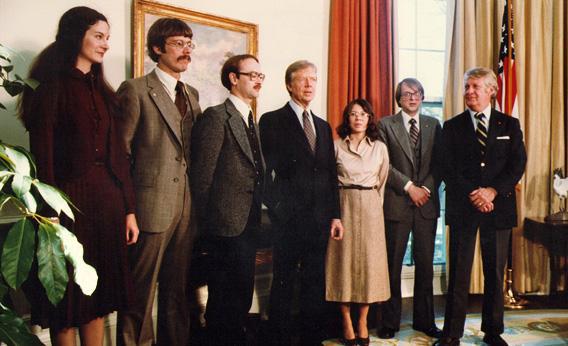
Successes, Challenges, and White House Influence
Operation Argo showcased the CIA’s ingenuity and the critical importance of tradecraft in ensuring national security. Tony Mendez’s creativity and expertise turned an improbable plan into a triumphant reality. The collaboration between the CIA and the Canadian government was a testament to international solidarity during a crisis.
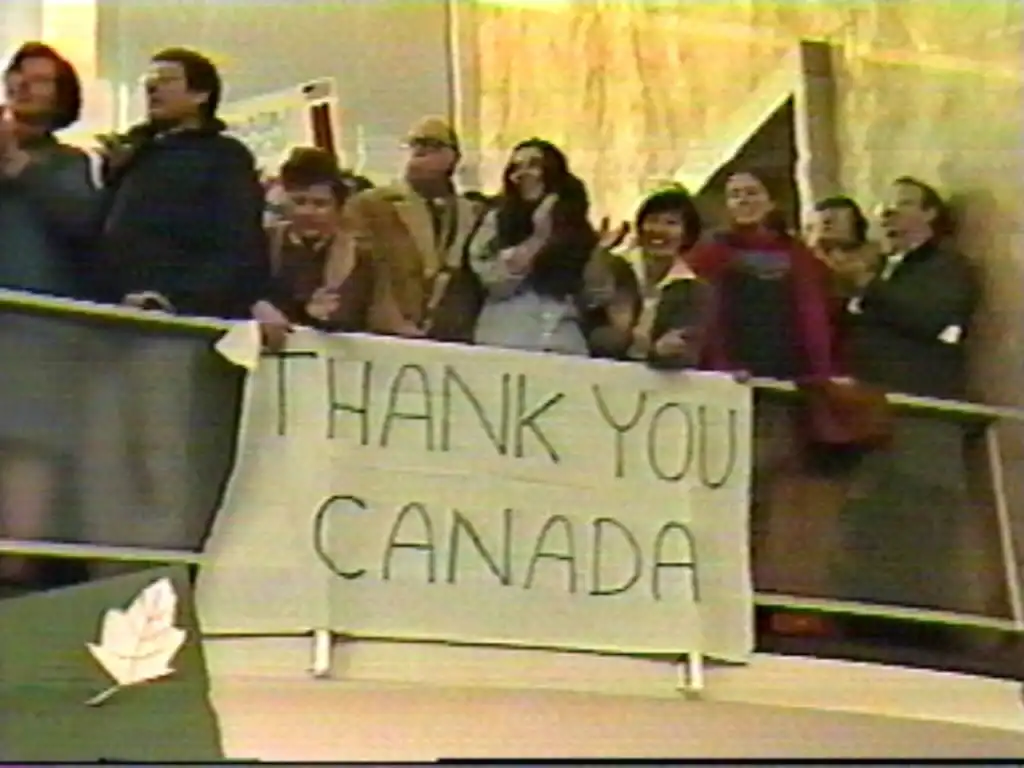
However, the operation was not without challenges. The White House’s initial focus on the broader hostage crisis limited resources available to the CIA for this rescue. Additionally, the political risks of failure weighed heavily on all involved. The success of the mission, however, reinforced the agency’s confidence in unconventional tactics.
The Legacy of Operation Argo
The declassification of Operation Argo highlighted the extraordinary lengths the #CIA went to protect American lives. It remains a testament to the power of innovation, teamwork, and perseverance in the face of overwhelming odds. For Tony Mendez, whose role was immortalized in Hollywood, the mission was one of many examples of how the CIA operates in the shadows, safeguarding national security with courage and creativity.
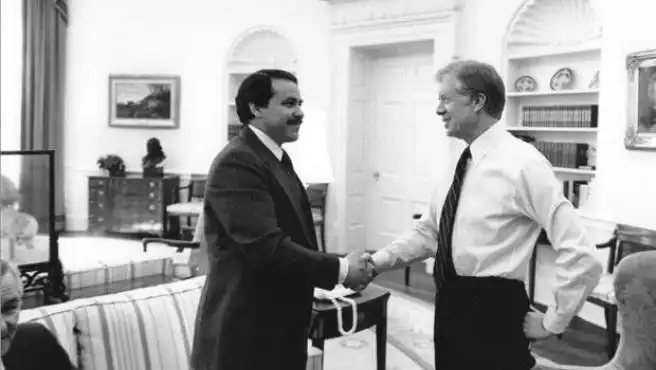
This mission’s incredible story reminds us that, sometimes, the best way to escape a nightmare is through the most improbable of dreams—a fake movie that, ironically, turned out to be more thrilling than any script ever written.
Read more about declassified CIA #covertoperations in our series: Declassified Secrets of the CIA’s Covert Operations.
This article has been written with the help of A.I. for topic research and formulation.


